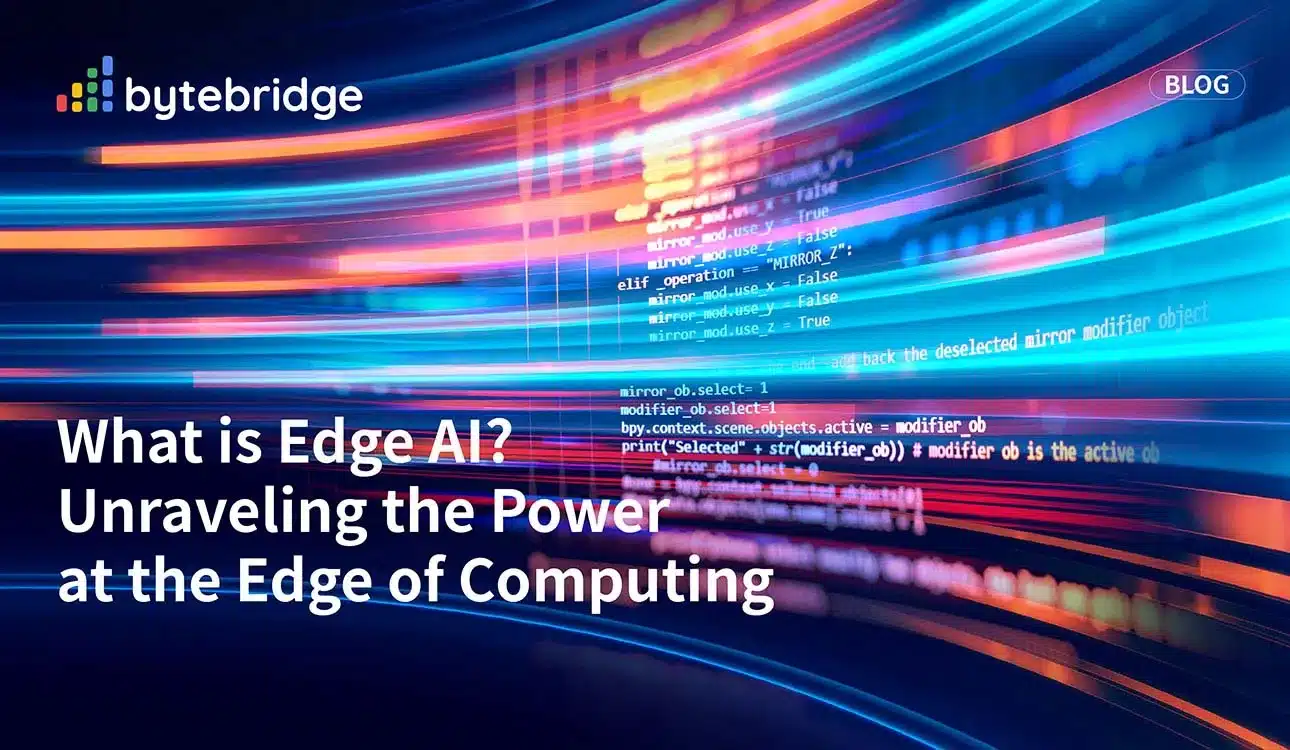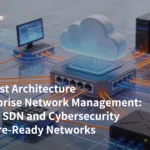In the fast-evolving world of artificial intelligence (AI), technology is constantly finding new ways to revolutionize industries and improve efficiency. One of the most significant advancements in recent years is the emergence of Edge AI—a hybrid technology that combines AI with edge computing. This powerful convergence brings intelligence closer to where data is generated, reducing latency and enhancing performance. As a result, Edge AI has garnered attention for its transformative potential across various sectors.
What is Edge AI?
Edge AI refers to the deployment of artificial intelligence algorithms and processing power directly on edge devices, such as smartphones, sensors, cameras, and autonomous systems, rather than relying on a centralized cloud infrastructure. In simpler terms, instead of sending data to remote servers for analysis and decision-making, Edge AI allows devices to process and act on data locally at the “edge” of the network.
The “edge” in Edge AI pertains to the physical proximity of where the data is generated and processed. By integrating AI capabilities into local devices, organizations can achieve faster response times, improved data security, and more efficient bandwidth usage.
For example, think about a smart camera used for surveillance. With Edge AI, the camera can detect suspicious activity or identify faces in real-time without sending the video stream to the cloud for analysis. This enhances both speed and privacy, making Edge AI ideal for applications where instant decision-making is required.
Development Trends and Status Quo of Edge AI
The development of Edge AI is fueled by advances in several key areas:
Edge Computing Infrastructure: The rise of powerful edge devices, such as NVIDIA Jetson, Google Coral, and specialized chips from companies like Intel and Qualcomm, have made it possible to deploy AI models on the edge. These devices are compact yet capable of running complex AI models.
AI Model Optimization: AI algorithms used on edge devices are becoming more efficient, requiring less computational power and memory. Techniques like model compression, quantization, and pruning have been developed to optimize AI models for edge devices, enabling them to operate within the limited resources of small hardware.
5G Networks: The global rollout of 5G networks is also a key enabler for Edge AI. With ultra-low latency and high-speed connectivity, 5G allows edge devices to quickly access large volumes of data and support real-time AI applications without delays.
Open-Source Frameworks: Tools like TensorFlow Lite, PyTorch Mobile, and OpenVINO are allowing developers to build and deploy AI models on edge devices more easily. This democratization of AI at the edge opens the door for more industries to adopt the technology.
Privacy and Security: The growing concern around data privacy has accelerated the need for decentralized data processing. Edge AI allows companies to keep sensitive data locally, minimizing exposure to security risks and reducing dependence on third-party cloud providers.
How Can Edge AI Technology Be Applied to Enterprises?
Edge AI technology offers numerous applications for enterprises across various industries. By bringing intelligence closer to the data source, businesses can leverage the benefits of real-time decision-making, improved data privacy, and increased efficiency. Here are some of the top use cases:
a. Manufacturing and Industrial Automation
Edge AI can power smart factories, where machines are equipped with AI-powered sensors and systems to monitor operations in real-time. Predictive maintenance can be performed by analyzing data locally, detecting potential failures before they happen, and reducing costly downtimes.
b. Retail and Customer Experience
Retailers can use Edge AI for enhancing in-store customer experiences. For example, smart cameras equipped with Edge AI can analyze customer behaviors to personalize marketing offers, optimize store layouts, and provide real-time inventory management.
c. Healthcare
In healthcare, Edge AI can enable faster diagnosis and treatment by allowing medical devices to analyze patient data in real-time without the need for cloud processing. Applications include AI-powered diagnostic tools, wearable health monitors, and robotic surgeries.
d. Smart Cities and Public Safety
Edge AI plays a key role in building smarter cities by powering intelligent traffic management systems, surveillance cameras, and energy-efficient infrastructure. Real-time data processing at the edge can help city planners reduce congestion, improve public safety, and optimize resource usage.
e. Autonomous Vehicles
Self-driving cars heavily rely on Edge AI to process data from sensors, cameras, and radars in real-time. The ability to make split-second decisions locally without relying on cloud connectivity is critical for the safety and efficiency of autonomous vehicles.
What are the Advantages of Edge AI?
Edge AI brings several key advantages compared to traditional cloud-based AI:
Reduced Latency
One of the most significant benefits of Edge AI is the dramatic reduction in latency. By processing data locally on the device itself, Edge AI eliminates the time required to send data back and forth to the cloud, enabling real-time decision-making.
Improved Data Privacy and Security
Edge AI keeps sensitive data on the device, minimizing the exposure of personal or critical information to the risks associated with cloud computing. This is particularly important in sectors like healthcare, finance, and government, where privacy regulations are strict.
Lower Bandwidth Usage
Transmitting large volumes of data to the cloud for processing can consume significant network bandwidth. Edge AI reduces this burden by processing data locally, leading to cost savings and more efficient network use, especially in remote or bandwidth-constrained environments.
Scalability
Edge AI enables businesses to scale AI applications without putting additional strain on centralized cloud servers. By distributing the processing load across multiple edge devices, companies can handle more data and applications without upgrading cloud infrastructure.
What is the Difference Between IoT and Edge AI?
While IoT and Edge AI are often discussed together, they are distinct technologies with different purposes:
Internet of Things (IoT) refers to the network of interconnected devices that collect and transmit data over the internet. These devices often rely on cloud infrastructure to process and analyze the data they collect. IoT devices themselves are typically not intelligent; they simply gather data for remote processing.
Edge AI, on the other hand, integrates AI capabilities directly into these edge devices, enabling them to process and analyze data locally without needing to rely on the cloud. This gives edge devices the ability to make autonomous decisions in real-time, which is a major advancement over traditional IoT.
In essence, Edge AI can be viewed as an evolution of IoT, where the “smart” capabilities are embedded directly into the devices themselves, allowing for faster and more intelligent decision-making at the edge of the network.
As businesses and industries increasingly seek faster, more secure, and scalable solutions, Edge AI offers an exciting new frontier for artificial intelligence deployment. With the development of powerful edge devices, optimized AI models, and the proliferation of 5G networks, the adoption of Edge AI is set to grow rapidly in the coming years.
For enterprises, the benefits are clear: real-time decision-making, enhanced privacy, reduced latency, and more efficient network usage. Whether it’s in manufacturing, healthcare, retail, or smart cities, Edge AI is unlocking new opportunities for innovation and growth. As IoT evolves towards smarter and more autonomous systems, the synergy between IoT and Edge AI will further drive the future of intelligent enterprise applications.
By leveraging Edge AI, organizations can transform their operations and remain competitive in an increasingly digital world. At ByteBridge, we’re committed to helping businesses harness cutting-edge technologies like Edge AI to unlock their full potential and drive growth.






